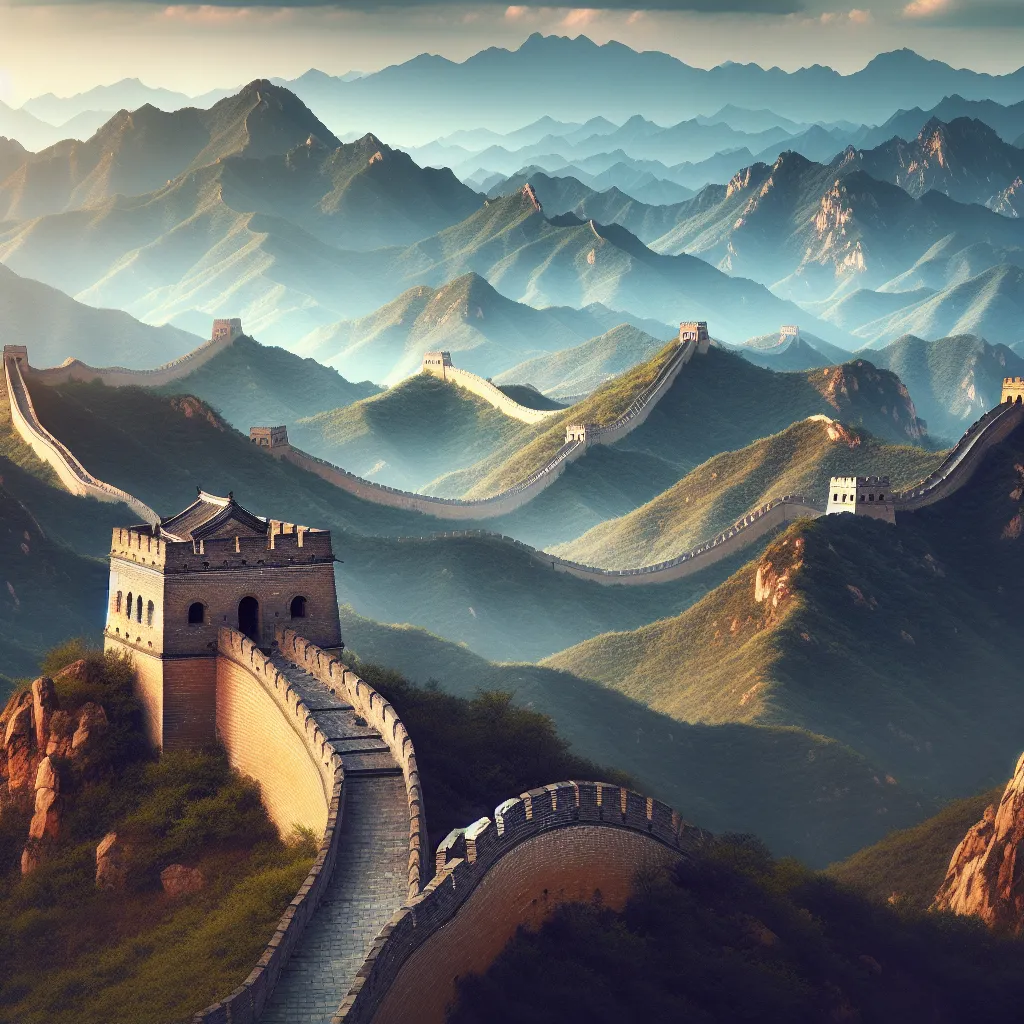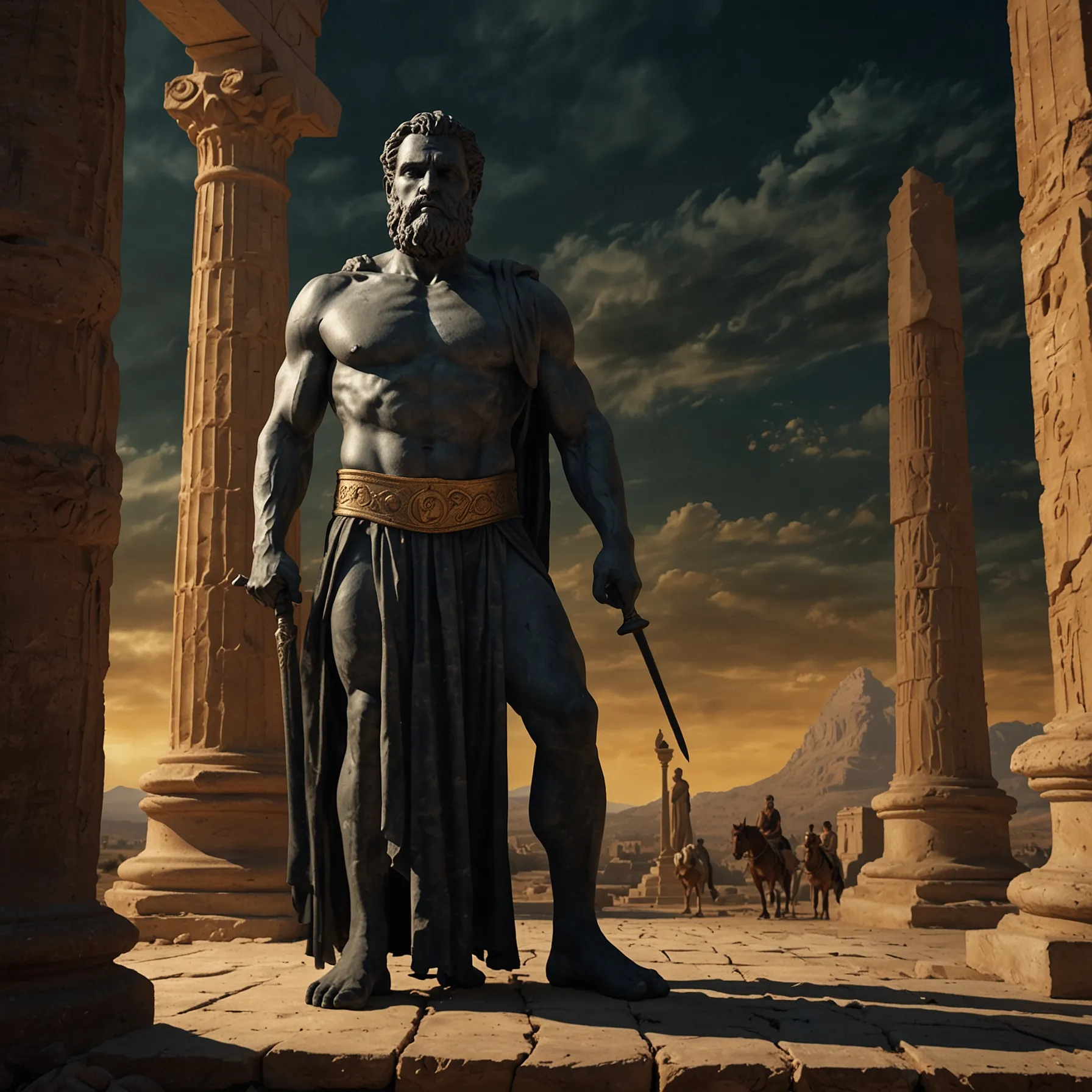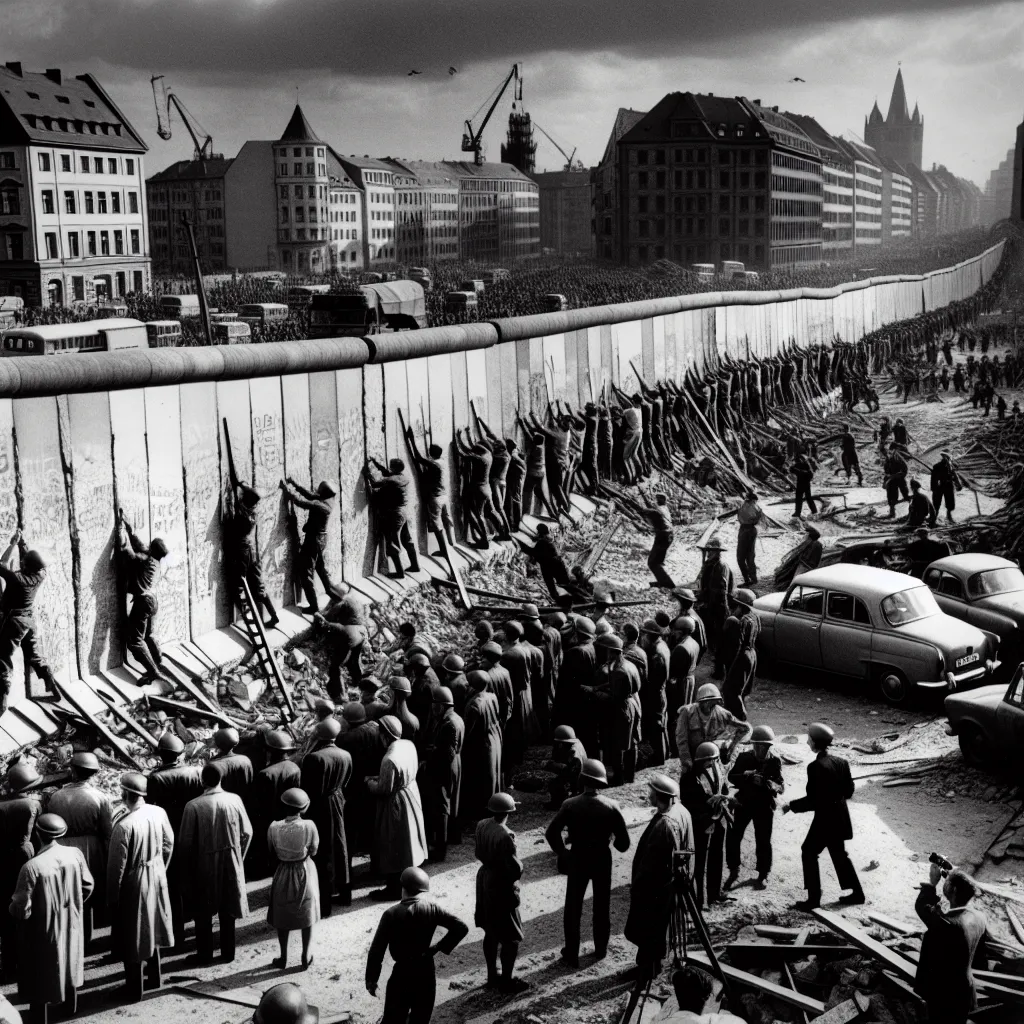Stretching over 13,000 miles, the Great Wall of China arcs through the landscape like an ancient dragon. Its history is as winding as its path. Initially, during the Chunqiu period, various feudal states built walls of rammed earth to fend off nomadic raiders and rival states. When Emperor Qin Shi Huang unified China in 221 BCE, geographic features like the Tibetan Plateau and the Pacific Ocean offered natural protection, but the northern mountains needed more defense. Determined to shield his empire from Mongol, Turkish, and Xiongnu invasions, the Emperor expanded and connected the existing walls, creating what became known as The Long Wall.
Building the Wall was no easy feat. Hundreds of thousands of soldiers and commoners were pressed into service—many of them peasants or convicted criminals working off sentences. During the Qin Dynasty, countless workers toiled under harsh conditions, and many lost their lives from exhaustion, hunger, or accidents. This grim reputation persisted as the wall extended further under the Han Dynasty to 3700 miles, transforming into a symbol of suffering and sacrifice through poems and legends.
Despite its imposing presence, the Wall wasn’t invincible. In the 13th century, Genghis Khan and his son Khublai Khan breached it during their Mongol invasions. When the Ming Dynasty took over in 1368, they reinforced it with bricks and stones, stretching it to 5500 miles with watchtowers dotting its length. Signals of fire and smoke would alert reinforcements about incoming raiders, and archer slots and stone drop openings provided additional defense methods.
But the Wall could only do so much. In 1644, Manchu clans overthrew the Ming, establishing the Qing Dynasty and rendering the Wall obsolete as the new empire stretched beyond its boundaries. The once-significant fortifications fell into neglect, with sections eroded and materials pilfered.
Its role, however, wasn’t entirely over. During World War II, sections of the Wall were used for defense against Japanese forces and continue occasionally to serve for military training. Today, the Wall has transformed into a cultural icon. Granted UNESCO World Heritage status in 1987, it now draws millions of tourists annually.
This influx has led to new stresses and preservation efforts by the Chinese government. Despite popular claims, the Wall isn’t visible from the moon and is only barely discernible from low Earth orbit. Yet, it remains an earthly marvel, with undiscovered sections still being found, adding to its legendary status as a monument to human ingenuity and endurance.






